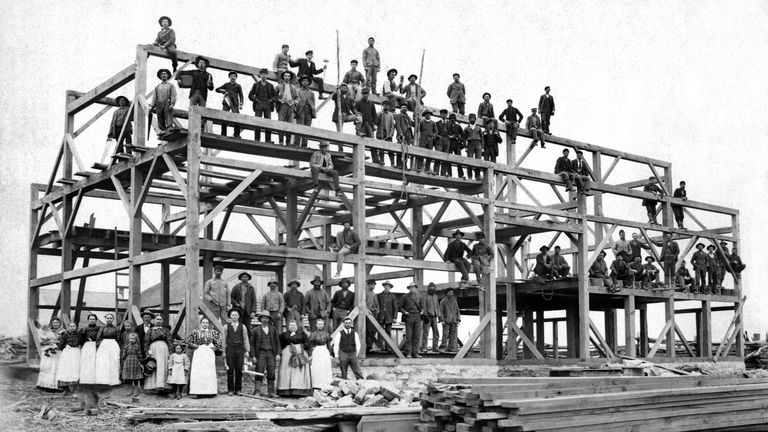Popular Jobs Held 100+ Years Ago Prove How Drastically The World Has Changed
The advance of technology means that the job market of today looks drastically different to that of the early 20th century. Social media manager certainly wouldn’t have been an option 100 years ago, for example! And there are several professions from the Roaring Twenties that no longer exist, too. From lamp-lighters to lectors, here’s a look at 40 of the most popular jobs held back then, according to the 1920 American Census and other sources.
1. Teacher
Although in 1920 roughly 760,000 individuals were employed in the teaching profession, this still wasn’t enough to meet the demand. In fact, a quarter of students were taught by the same person for everything from reading and writing to history and math.
And it’s fair to say teachers weren’t exactly paid well for all this multi-tasking, either. The average yearly salary was $30,000 — adjusted for inflation — compared to the $65,000 figure of today.
2. Deliveryman
It’s hard to imagine in the era of same-day drone-assisted delivery services, but back in the early 20th century, most packages had to be transported by vehicles of the horse-drawn kind.
More than 170,000 Americans earned their living as a drayman. And although this number soon decreased with the advent of the much-quicker motor car, in 1920 members of this profession still provided a vital everyday service.
3. Garment factory worker
Long before the days of fast fashion largely produced by third-world countries, America made the nation’s clothes itself. In fact, nearly 170,000 people were employed as garment factory workers at the start of the hugely fashionable Roaring Twenties.
But soon after the results of the census was compiled, the industry began its shift to outsourcing as a means of saving money. And that’s a trend that hasn’t changed since.
4. Carpenter
There were nearly 900,000 carpenters employed in the United States in the early 20th century. But as steel became more commonly used in the building profession, this number started to dwindle.
Carpentry has never been a particularly lucrative job, either. Those working in the field earned 5 percent less than similarly skilled workers such as electricians in the 1920s. And that gap has only grown wider over the following century.
